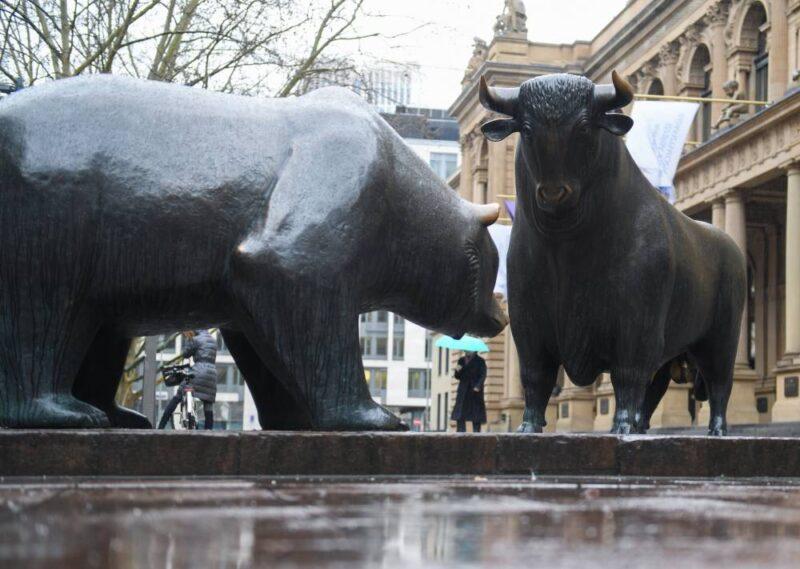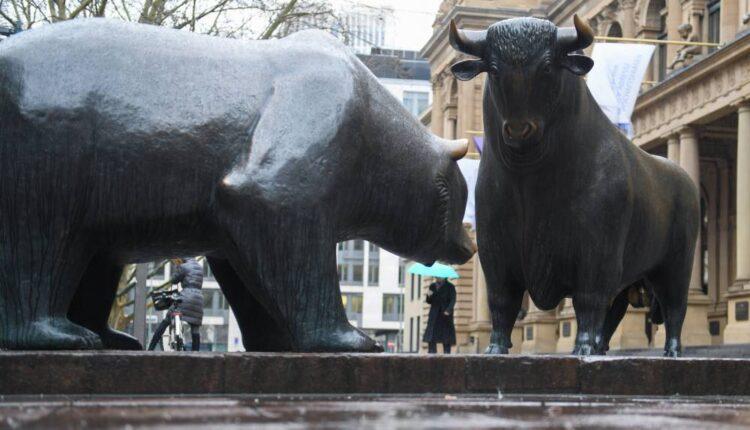
The S&P 500's latest "death cross" may not be as ominous as the name sounds.
So says Miller Tabak chief market strategist Matt Maley, who noted that the bellwether index's 50-day moving average crossed below its 200-day moving average this week.
But in an interview Thursday on CNBC's "Trading Nation," he hesitated to sound the alarm.
The index closed more than 2% higher Thursday after another volatile trading day that saw crude oil prices log their biggest one-day percent gain ever. Record-high jobless claims and expectations of a deal on production cuts between oil heavyweights Saudi Arabia and Russia acted as opposing forces in the session.
However, with the S&P recently entering the death cross this week, some chart watchers might be worried that there's more pain to come.
"Normally, if that happens in a bear market, it's something you need to be very much afraid of," he said. "The last two bear markets, the stock market fell more than 40% after we saw a death cross in the S&P 500."
In the above chart, the S&P's 50-day moving average, in red, is shown crossing below its 200-day moving average, in green, on Tuesday.
But the S&P hadn't made such meaningful declines prior to entering its previous death crosses, Maley said.
"It was only a 5% decline when the death cross took place in 2000, and in 2007, it was only a 7% decline," he said.
"This time around, the market [had] already declined well over 30% because everybody realized immediately instead of gradually … when the economy shut down that things were going to be really tough," Maley said.
His advice? "Don't get too concerned" about some of the "dire warnings about death crosses" that you might hear.
"It's much different this time around," he said. "And therefore, even though I do think we'll get a retest [of the recent lows] and people need to be careful about chasing the market, if you let the market come to you, there's going to be some great opportunities in the next few weeks and next few months."
Michael Bapis, managing director of Vios Advisors at Rockefeller Capital Management, said that while a "portion" of investors' economic concerns have been priced into stocks already, that doesn't make navigating the market much easier.
"The toughest part of this is the fundamentals are out the window," he said in the same "Trading Nation" interview. "The earnings are going to be super unpredictable going forward. Unemployment and jobless claims are going to continue grow."
The dark cloud above everything is the widespread uncertainty about what comes next, Bapis said.
"We have such an element of uncertainty, not only fundamentally, but also from a moral and a health concern. People are juggling between [being] worried about health and the moral side of this as well as the economic well-being and their portfolios. They have major concerns there," he said.
"You're going to still see wild swings. I think the market's really trying to build a base here," Bapis said. "I'd be surprised if you see us go much lower than where we went the last two weeks because you saw mass panic selling. You even saw high-grade fixed income have massive outflows into just money market accounts. So, I don't think you'll see that type of panic again. I do think the worst is not over, but there are some values in these markets right now, and even if we fall another 10%, the values will be even higher."
Disclaimer
Source: cnbc.com

